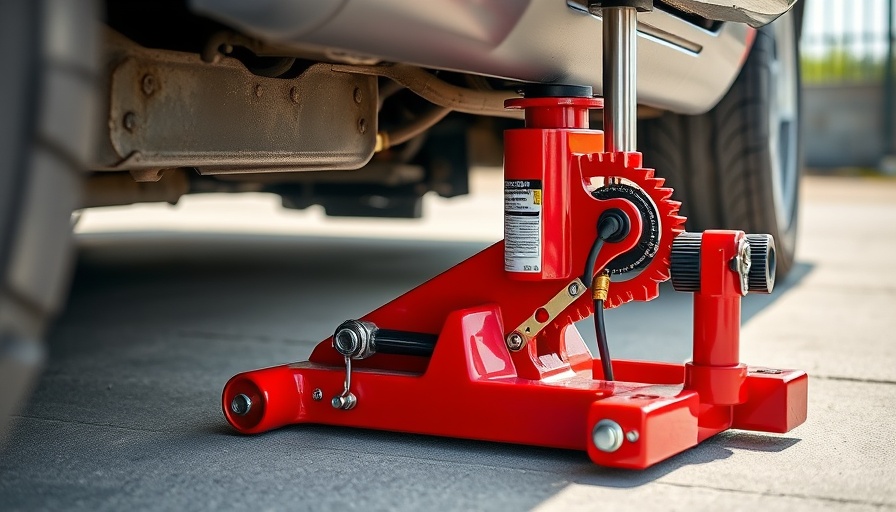
Understanding Car Jacks: The Essentials
When it comes to vehicle maintenance and roadside repairs, the importance of using the correct car jack cannot be overstated. From personal experience, I recall the first time I attempted to lift my high-top van to rotate the tires; the scissor jack that came with it buckled under pressure, offering a terrifying glimpse into the dangers of improper equipment. Safety should always be the foremost concern, whether you're a novice DIYer or a seasoned mechanic. In this guide, we'll explore the different types of car jacks, their uses, and what to consider before making a purchase.
Scissor Jack: The Basic Tool
The scissor jack is the most common option, usually found in the trunk of vehicles. Typically priced between $25-$80, it serves a straightforward function: changing a flat tire. Designed for quick use, it is compact, lightweight, and easily storable. However, while they are convenient, safety experts caution that scissor jacks should not be relied upon for long-term support; they are essentially meant for tire changes only.
Pros: Compact, inexpensive, easily accessible.
Cons: Limited height range, instability, and weight capacity. Always use jack stands for extra support!
Exploring Bottle Jacks: For Heavy Lifting
If your vehicle has higher clearance or needs to lift heavier loads, a bottle jack is worth considering. Ranging from $20-$100, these hydraulic jacks can lift substantial weight, making them suitable for various maintenance tasks. However, they require a solid base to prevent potential accidents since their smaller frames can sink into soft ground, making an emergency kit item, like plywood, essential.
Pros: High weight capacity relative to size, compact design.
Cons: Requires stable and level ground, potential instability if improperly positioned.
Hydraulic Floor Jacks: The DIY Favorite
For the home mechanic who frequently engages in repairs, hydraulic floor jacks ($50-$500) are often the best choice. Unlike the scissor and bottle jacks, floor jacks offer a broader base and can accommodate various heights, allowing mechanics to safely lift their vehicles and work underneath. They represent a significant upgrade in convenience and stability, which can be vital during more complex repair jobs.
Safety First: Essential Tips for Using Car Jacks
Regardless of the type of jack you choose, certain safety practices should always be adhered to:
- Always use jack stands: Never work under a vehicle that is solely supported by a jack.
- Inspect your jack regularly: Before use, ensure it’s in good working condition.
- Choose a stable location: Ensure you're on solid ground before lifting.
- Familiarize yourself with the jack's operation: Each jack can function differently; read the manual!
Final Thoughts: Making the Right Choice
Choosing the right car jack depends on both your specific vehicle needs and your level of DIY experience. Prioritize safety and always keep a lookout for evolving trends in jack technology as well. Whether a scissor jack for quick fixes or a hydraulic floor jack for in-depth repairs, having the right tools on hand can enhance your automotive repair experience.
 Add Row
Add Row  Add Element
Add Element 


 Add Row
Add Row  Add
Add 

Write A Comment